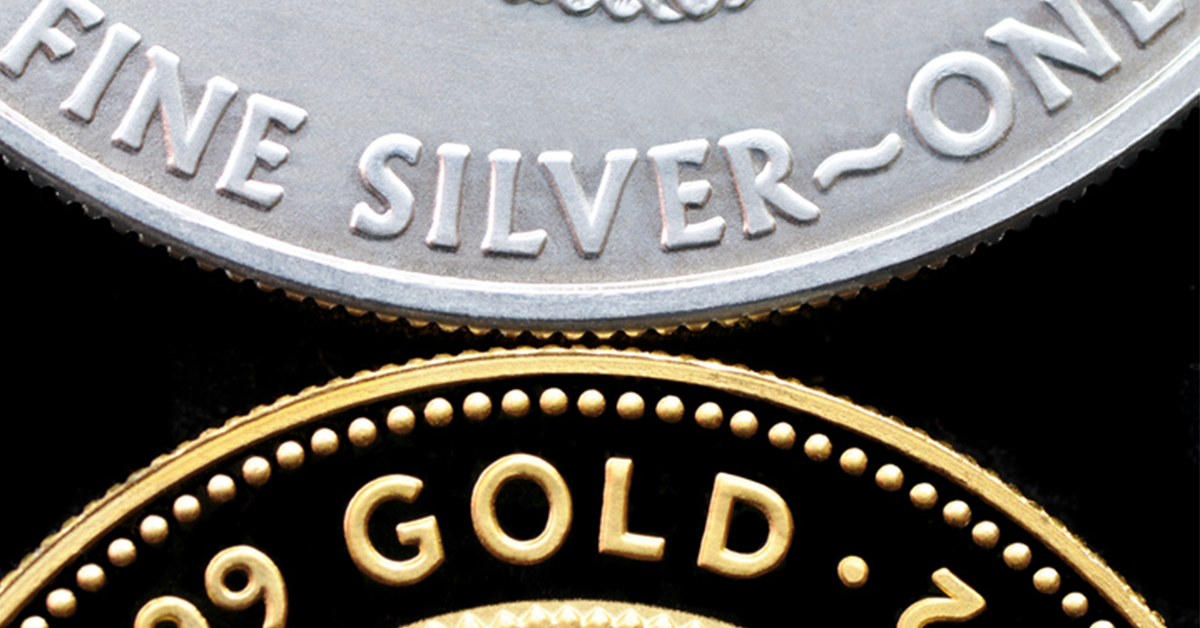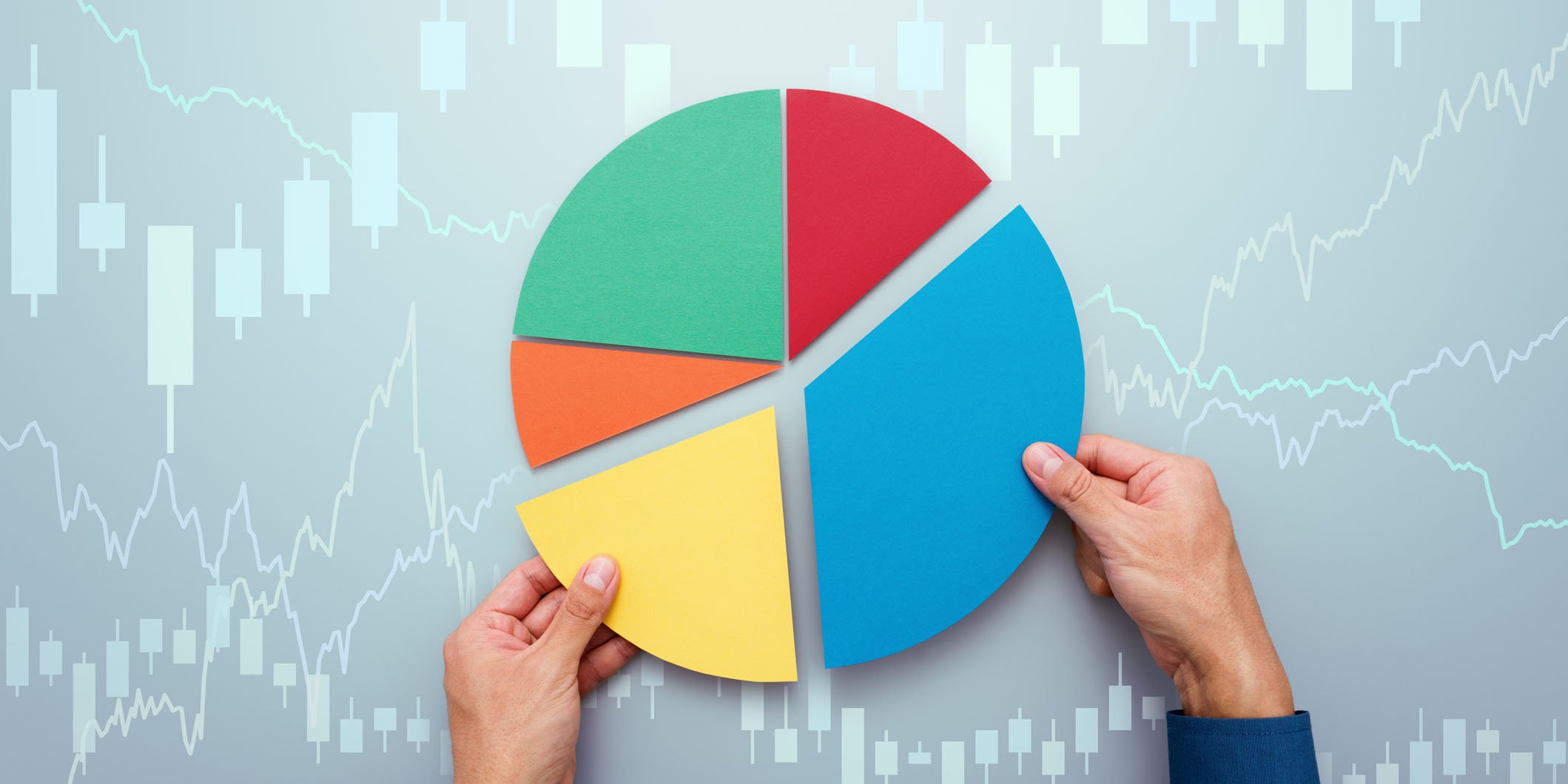Inflation Risk: The Role of Precious Metals in Hedging Against Inflation in a Self-Directed IRA
What is Inflation?
Inflation is the persistent rise in the general price level of goods and services, posing a significant risk to investors' purchasing power over time. As inflation increases, each unit of currency buys fewer goods and services, eroding the value of savings and investments. To mitigate this risk, investors often turn to precious metals within a Self-Directed IRA (SDIRA) as a hedge against inflationary pressures.
What is inflation Risk?
Inflation risk refers to the potential for rising prices to diminish the real returns on investments, particularly affecting assets with fixed interest rates. When inflation surges, the cost of goods and services rises, reducing the purchasing power of cash holdings and fixed-income investments.
How Do You Hedge Inflation Risk with Precious Metals?
Precious metals, such as gold, silver, platinum, and palladium, have long been recognized for their ability to preserve value over time, making them attractive assets for investors seeking protection against inflation. Unlike fiat currencies, which can be devalued by monetary policies like quantitative easing, precious metals have intrinsic value and a finite supply, factors that support their value during economic uncertainty.
Historically, these metals have been used as stores of value and have shown resilience against inflationary pressures. Their demand spans industries ranging from technology to automotive, further underpinning their value independent of currency fluctuations.

Diversification and Safe Haven Value
Gold and silver are renowned for their performance during high inflation periods, serving as safe-haven assets that tend to appreciate when traditional markets falter. Platinum and palladium, while less discussed, also exhibit strong value retention due to their industrial uses and rarity. Platinum is particularly noted for its long-term hedge capabilities, while palladium excels in shorter-term inflation hedges.
In a diversified portfolio, precious metals offer a counterbalance to traditional assets like stocks, bonds, and mutual funds. During economic downturns or market volatility, these alternative assets often retain or increase their value, providing stability and reducing overall portfolio risk. This diversification is crucial for long-term wealth preservation and mitigating the impact of inflation on retirement savings held in an SDIRA. Read about how to boost your retirement savings here and think about precious metals as an alternative asset to consider.
IRS Regulations for Holding Precious Metals in an SDIRA
The IRS permits SDIRAs to hold certain gold, silver, platinum, and palladium products that meet specific purity and form requirements. Approved metals must be stored in IRS-approved depositories or vaults under custodial supervision to maintain compliance. This ensures that investments meet regulatory standards and are protected against potential penalties associated with improper storage or non-compliance. The IRS only allows specific high-purity bullion and coins in a self-directed precious metals IRA. Minimum fineness standards are as follows:
- Gold: 99.5% pure (0.995 fineness)
- Silver: 99.9% pure (0.999 fineness)
- Platinum: 99.95% pure (0.9995 fineness)
- Palladium: 99.95% pure (0.9995 fineness)
Collectibles and rare coins that do not meet these standards are not allowed. The fact of the matter is, IRAs cannot invest in jewelry or “collectibles,” only in approved bullion bars or certain official coins. That said, make sure they meet the IRS requirements above.
Exploring the Concept of "Spot Price," Industry Standard Markups, and How to Evaluate the Credibility of Precious Metal Dealers.
Spot Price
The spot price of precious metals reflects their current market value for immediate delivery, fluctuating based on global supply, demand, and economic conditions. When purchasing precious metals, investors should be aware of industry markups, which include fabrication costs, dealer premiums, and market demand influences. Numismatic or semi-numismatic coins may carry higher premiums due to their rarity and historical significance.
Choosing a Reputable Dealer
Selecting a reputable precious metals dealer is essential for transparent pricing and secure transactions. Investors should research dealer credentials, pricing transparency, and buyback policies to ensure fair pricing and reliable service. Avoid dealers with hidden fees or aggressive sales tactics and compare offerings across multiple dealers to secure competitive pricing and terms.
Conclusion
Precious metals play a vital role in safeguarding retirement savings against inflationary risks within an SDIRA. Their historical resilience, coupled with regulatory support and diversification benefits, make them valuable additions to a well-rounded investment strategy. By understanding market dynamics, regulatory requirements, and dealer credibility, investors can effectively harness the inflation-hedging capabilities of precious metals while minimizing potential risks.
If you're considering incorporating precious metals into your SDIRA, thorough research and careful evaluation of dealer offerings are crucial steps to maximizing benefits and ensuring long-term portfolio stability.



